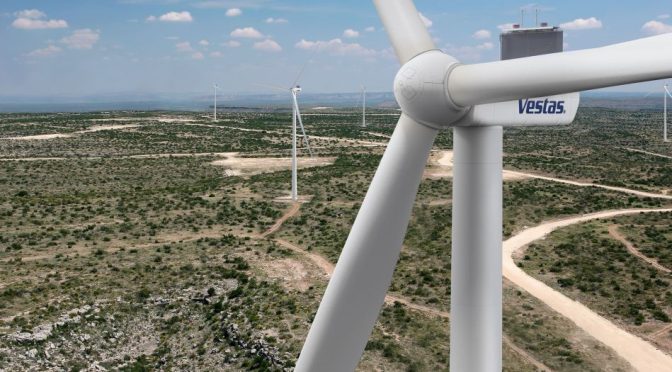As the world continues to grapple with the challenges of climate change and the urgent need to reduce greenhouse gas emissions, renewable energy sources have emerged as a vital solution. Among these, wind energy has gained significant traction in recent years, with wind farms cropping up across the globe. This rapid growth can be attributed to the falling costs of wind power technology, increased government support, and a growing awareness of the need for sustainable energy solutions.
Wind energy is a clean, renewable source of power that produces no air or water pollution. It relies on the kinetic energy of wind to turn turbines, which then generate electricity. Wind farms can be found both onshore and offshore, with the latter becoming increasingly popular due to the stronger and more consistent winds found at sea. In addition to being environmentally friendly, wind energy is also cost-effective, with the price of wind power having dropped significantly over the past few decades.
The global wind energy market has experienced remarkable growth in recent years. According to the Global Wind Energy Council (GWEC), the total installed wind power capacity worldwide reached 651 gigawatts (GW) at the end of 2020, a 53% increase from just five years earlier. This rapid expansion is expected to continue, with the International Energy Agency (IEA) predicting that wind power could provide up to 18% of the world’s electricity by 2050.
This growth has been driven in part by government policies and incentives aimed at promoting renewable energy. For example, many countries have implemented feed-in tariffs, which guarantee a fixed price for electricity generated from renewable sources. Additionally, some governments have set ambitious targets for renewable energy production, such as the European Union’s goal of sourcing 32% of its energy from renewables by 2030.
Another factor contributing to the rise of wind farms is the falling cost of wind power technology. Advances in turbine design and manufacturing have led to more efficient and cost-effective wind energy systems. According to the International Renewable Energy Agency (IRENA), the global average cost of onshore wind power has fallen by 39% since 2010, while the cost of offshore wind has dropped by 29% over the same period. This trend is expected to continue, making wind power an increasingly attractive option for countries looking to diversify their energy mix and reduce their reliance on fossil fuels.
The rise of wind farms has also been fueled by growing public awareness of the need for sustainable energy solutions. As the impacts of climate change become more apparent, there is increasing pressure on governments and businesses to invest in clean, renewable energy sources. Wind power is widely recognized as one of the most promising options in this regard, due to its low environmental impact and potential for large-scale deployment.
Despite the many benefits of wind energy, there are still challenges to overcome. One of the main concerns is the intermittency of wind power, as wind speeds can vary significantly from day to day and even hour to hour. This can make it difficult to rely on wind energy alone to meet electricity demand, necessitating the use of energy storage systems or complementary power sources. Additionally, the construction of wind farms can sometimes face opposition from local communities, who may be concerned about the visual impact or potential noise pollution.
Nevertheless, the rise of wind farms across the globe represents a significant step forward in the transition to a more sustainable energy future. As technology continues to advance and costs fall, it is likely that wind power will play an increasingly important role in meeting the world’s energy needs, helping to mitigate the impacts of climate change and create a cleaner, greener future for all.


